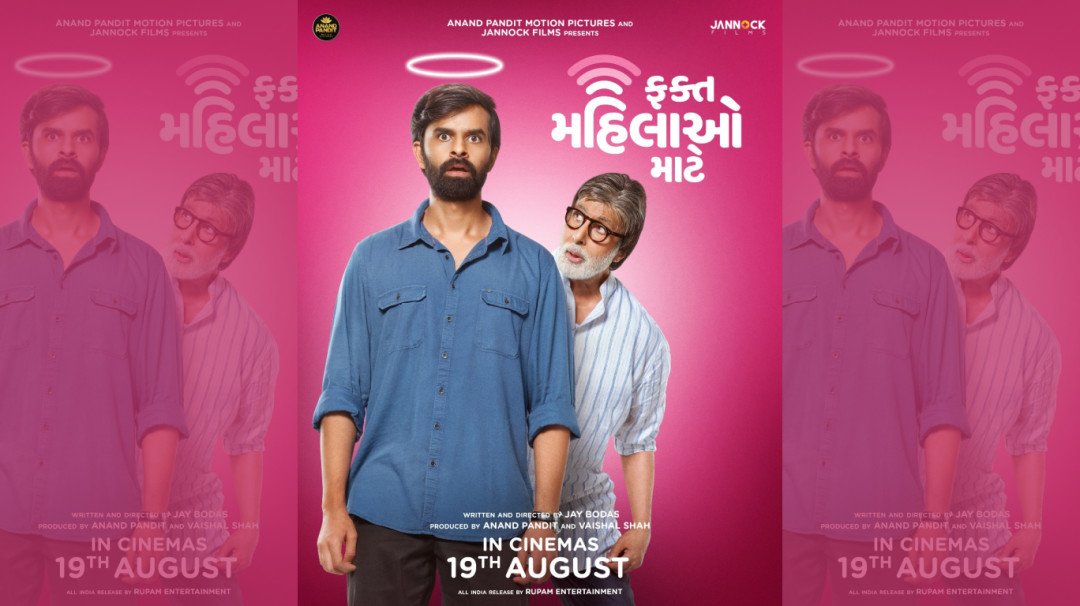
Driven to Shop: The Psychology of Fast Fashion
[ad_1]
Fast fashion is new, trendy clothing sold at a low cost and designed to be worn just a few times. With fast fashion, consumers can see an item of clothing worn on the runway or the red carpet and then purchase it online at lightning speed. Shein, one of the most prominent names in fast fashion today, adds an average of 6,000 new styles to its site every day, giving consumers an endless stream of new items to shop for. Consumers can now purchase clothing faster, cheaper, and more conveniently than ever before. So what’s the issue?
Behind the glitzy and brightly colored clothing found on the sites of Zara, Forever 21, H&M, and Shein, there is a much darker and uglier story. Fast fashion poses significant threats to the environment and the human labor it employs.
The manufacturing of clothing is responsible for 2-8% of annual greenhouse gas emissions. This is more than all international flights and maritime shipping combined. Additionally, our collective washing of clothing containing synthetic materials accounts for 35% of all ocean microplastics, and the industry overall is responsible for 20% of all industrial wastewater. The cotton industry pollutes with heavy use of pesticides affecting people, groundwater and biodiversity. Each year 150 million trees are razed for rayon or viscose. And every year landfills and incinerators fill with 40 million tons of discarded clothing.
Child labor, low wages, and unsafe working conditions run rampant in the garment factories employed by fast fashion giants. In April of 2013, a building in Bangladesh housing five garment factories collapsed, killing 1,132 people and injuring more than 2,500. Garment workers continue to face life-threatening working conditions just to be paid as low as $3.43 per day.
Fast fashion’s harmful effects on the environment and its people are no secret and impossible to ignore. Nevertheless, a recent report estimated that the global fast fashion market will grow from $91.23 billion in 2021 to $99.23 billion in 2022 at a compound annual growth rate of 8.8%.
So why does the industry continue to grow at such an alarming rate? What’s driving the mass consumption of clothing? Is it just price and convenience? Or is it attributable to a shift – a new culture of individual consumerism, and if so, what’s driving that?
Fast Fashion and Social Media
“Today, buying a dress is like buying a Big Mac; cheap, fast and, judging by the poorer quality seen in fast fashion clothes, not very healthy.”
– Christina Dean, Redress founder, and Chief Executive Officer
Social media has been an enormous catalyst in the proliferation of fast fashion. Many brands utilize social media to market their products. With thousands of ads on social media, brands reach consumers at all times of the day and night and wherever they are. Exposure to fast fashion marketing is unavoidable.
Social media influencers play an important role. Studies show that there is a positive correlation between the number of influencers consumers follow and the frequency with which they buy clothing. When influencers post their new outfits with the brands tagged in the post, consumers feel compelled to shop for new clothing as well.
The culture of consumerism is clearly reflected in social media. Instagram launched its shop tab in 2020, putting it in line with consumers’ profiles and home feeds and essentially turning Instagram into a pseudo-online shop. Other social media platforms have followed in their footsteps – Snapchat recently added a feature called Screenshop, where you can scan any item of clothing and find it or similar clothing items online for purchase.
Social media is designed to showcase oneself, and users want to share the details of their lives with their followers – including what they are wearing. A problem arises when users fear being seen in the same outfit twice. According to a poll conducted in 2017, 41% of women between the ages of 18 and 25 felt pressured to not wear the same outfit twice when going out. This fear of repeating a #outfitoftheday compels consumers to buy more and more clothing.
When interviewed for the New York Times, 16-year-old Mia Grantham said that she would not want to be seen in an item of clothing more than once because “people might think [she] didn’t have style if [she] wore the same thing over and over.” It stands to reason that if consumers are planning on wearing clothes only once or twice, they will want to purchase the cheapest items possible.
Particularly popular on social media are fashion ‘haul’ videos posted by social media influencers who earn a living by creating content showing off hundreds – even thousands – of dollars’ worth of clothing. The haulers can partner with brands and are paid commissions on sales generated. Influencers offer discount codes to their fans; these are tracked and earn them a commission.
Haulers are drawn to certain sites such as Instagram and TikTok, where they can expect high engagement with the public. The popular hauler is one perceived as honest and trustworthy and likeable. Unfortunately, they encourage overconsumption by showcasing low-cost, fast fashion brands.
Tricia Palanqui, a fashion hauler, started at age 15 by posting shopping mall clothing on YouTube, but switched to fast fashion hauls because that’s what garnered the most views. She realized that, even though the product quality might be low, the clothes were cheap and abundant, meaning she could make more haul videos and gain more views.
Fast Fashion and the Brain
Shopping is a rewarding form of entertainment for many people, and the speed and low cost at which new styles are produced only add to the seemingly endless entertainment of buying fast fashion. In a report by the Urban Land Institute, it was found that half of men and 70% of women consider shopping as a form of entertainment.
Shopping can be addictive. In 2007, a team of researchers from Stanford, MIT, and Carnegie Mellon did a study on subjects’ brains as they made decisions about whether or not to buy a certain clothing item. The researchers found that when the subject came across an item of clothing that they wanted to buy, the pleasure center of the brain was activated. Moreover, the amount of activity in the pleasure center was positively correlated with how much the subject wanted the item.
When consumers can obtain clothing at a cheaper price, they get the maximum sense of pleasure from their brain. The study determined that “While pleasure kicks in just from the act of looking, there’s also pleasure in purchasing, or more specifically, in getting a bargain”. Many retailers even artificially inflate their prices so they can drop them later.
With endless streams of brand new items to look at and desire, the fast fashion industry feeds this loop in the brain, creating something similar to an addiction. Buying clothing, especially at a bargain rate, makes many people feel good – and buying fast fashion allows them to do so at a higher volume and with greater frequency.
Fear as a Catalyst in Shopping
“The need to avoid losses – or what we might refer to as FOMO (fear of missing out) – combined with our ingrained desire for novelty, causes a rush of adrenaline which contributes to the thrill of shopping experiences. The hits of dopamine and adrenaline create a reward-seeking loop that causes us to reach for our debit card over and over again.”
– Amy De Klerk, Harpers Bazaar
Fashion plays on aspirations and insecurities at the same time. With fashion life cycles shorter than ever and microtrends running rampant, many young consumers fear missing out, not being able to stay up to date with the next best thing. If consumers don’t quickly buy something that they like from a fast fashion store, the fear is that it could be gone in an instant. In fact, consumers of fast fashion brands such as Zara stop into the store on average once every three weeks as compared to the average shopper who visits any given store around four times a year.
Price and Convenience
“We all know that fast fashion’s low prices are intentional. It’s all about volume, after all. But psychologically, low prices mean we place less value or expectation on the item. So, if it’s poorly made or wears quickly, we’re not so fussed because it was so cheap. Likewise, if something extremely similar gets released in 2 weeks, we’re more likely to buy it even though we already bought something just like it, because hey, it’s only $25. Why not?!”
– Emma Edwards, The Broke Generation
Fast fashion is good at making consumers believe that it is not only convenient but harmless. The clothes are easy and quick to purchase, and delivery times are also reasonably short. This shopping experience makes it seem like the clothes “come out of nowhere,” and consumers don’t have to think about who made their clothes and where they will go after they are no longer wanted. These smooth transactions contribute to the consumers’ idea that the clothing itself is transient, coming and going at the ease with which they are purchased.
Change for the Future
“Demand quality not just in the products you buy, but in the life of the person who made it.”
– Orsola de Castropioneer and leader in sustainable fashion
The new culture of consumerism is a culture of over-consumption of clothing and it is extremely harmful to the environment and all living things. In order to shift the course of fast fashion, there needs to be a drastic change in the mindset of those who support fast fashion.
An important differentiation between fashion and having style is quality. Although fast fashion items may seem new and exciting and the price tag too good to turn down, consumers will ultimately end up spending more money on low-quality items that need to be replaced frequently than finer, better-made products that outlast trends. And if consumers start to switch to the mindset of treating themselves to the very best that they can, they will feel better about investing in and wearing high-quality clothing.
To learn more about sustainable fashion, test your knowledge, and find out what you can do to stand up to fast fashion, visit EARTHDAY.ORG’S Fashion for the Earth site. It is time for consumers to take matters into their own hands when it comes to fighting for the environment, garment workers and our collective future.
In the meantime, here are some shopping tips:
- Try to assess whether you really love an item of clothing and will get good use out of it
- Ask whether an item will work with other things you own
- Only shop for an item you actually need and avoid impulse purchases
- Check the quality of the clothing. If it looks poorly made, it may soon fall apart and be thrown out, wasting time, money, and the planet’s resources
- Make sure an item will fit and avoid returns that spend more energy, time and cost to the planet
- Don’t shop because the ‘trend’ is telling you to. Trends change weekly and what you already own will be back in style in no time
- Try to shop for what you know looks good on you. Not all trends suit everyone. And sometimes a ‘classic’ good look can be far more flattering than a ‘trending’ style.
[ad_2]
Source link


